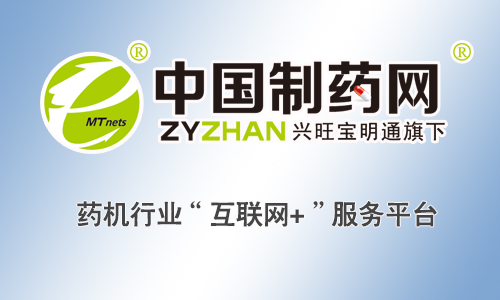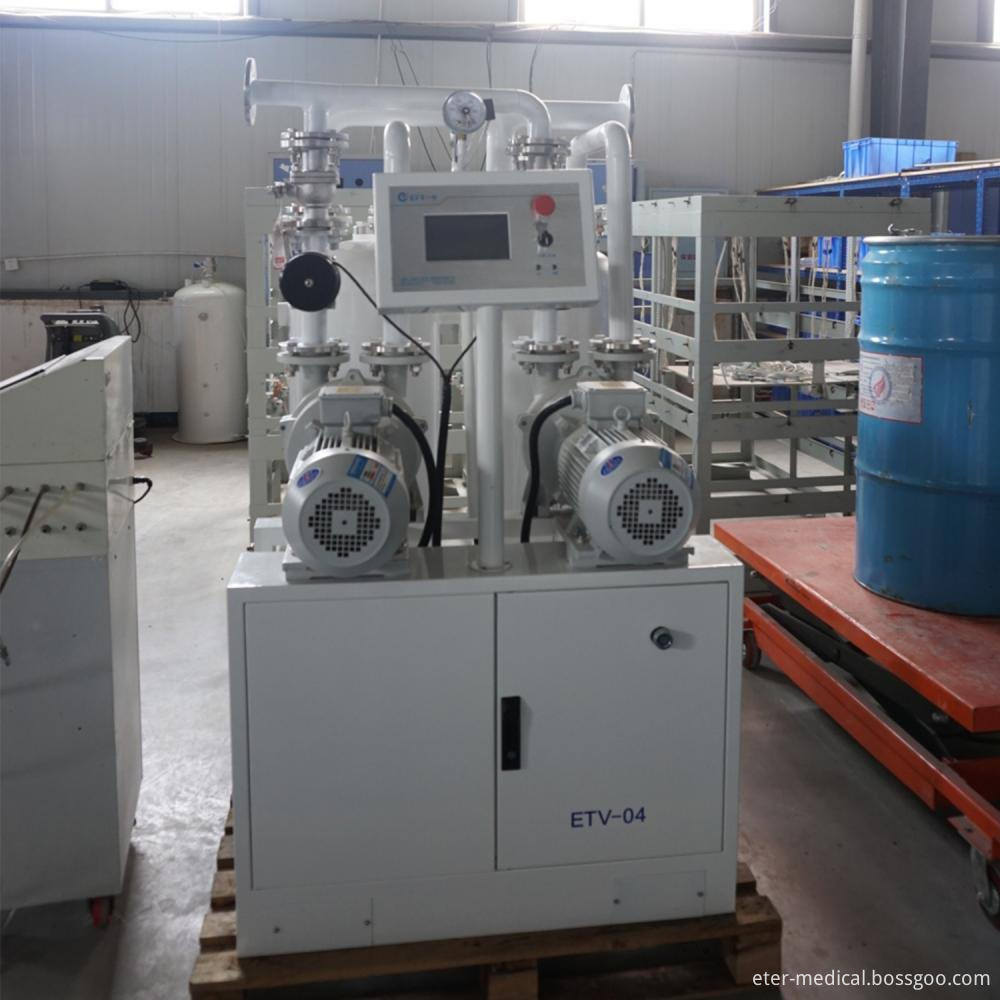HIF-2α inhibitor PT2399 works well in preclinical trials of renal cell carcinoma
[China Pharmaceutical Network Technology News] September 5 according to the Nature report, two articles have shown that inhibitors of HIF-2α PT2399 show good results in pre-clinical trials of renal cell carcinoma. Among them, the results of an article show that PT2399 is more effective and better tolerated than current standard treatments. Another article found that pVHL-deficient renal clear cell carcinoma showed unexpected sensitivity to PT2399, suggesting that it is necessary to further study which patients can benefit from PT2399.

Researchers at the University of Texas Southwestern Medical Center found that a new class of drugs called HIF-2α inhibitors is more effective and better tolerated than sunitinib, the current standard of kidney cancer. The researchers used a preclinical trial of metastatic cancer in mice transplanted from 20 patients, suggesting that the HIF-2α inhibitor PT2399 inhibits cancer in half of the tumors. On September 5th, "Targeting Renal Cell Carcinoma with a HIF-2antagonist" was published online on Nature.
Another article on the treatment of new drugs for kidney cancer was "On-Target Efficacy of a HIF2α Antagonistin Preclinical Kidney Cancer Models" published by Nature at the same time by researchers at Peloton Therapeutics in Texas and Harvard Medical School. This article also reports on the efficacy of the HIF-2α inhibitor, a small molecule PT2399 preclinical model. The study found that pVHL-deficient renal clear cell carcinoma showed unexpected sensitivity to PT2399, and PT2399 caused tumor regression in preclinical models of primary and metastatic tumors.
James Brugarolas, the leader of the $11 million SPORE fund, which was established by the National Cancer Institute to find new treatments for kidney cancer patients, and the first author of the article, said: "This is a completely new treatment for renal cell carcinoma. We are currently conducting clinical trials and hope to provide HIF-2α inhibitors to patients."
Co-author Dr. Kevin Courtney reported in the previous annual meeting of the American Society of Clinical Oncology that HIF-2α inhibitors are safe for patients and even active in patients with severe preconditioning. In the first Nature, the researchers showed that HIF-2α inhibitors can control the progression of kidney cancer, even after the 7-line priority treatment.
What is a HIF-2α inhibitor
HIF, such as HIF-2, is a hypoxia-inducible factor that adapts somatic cells to a hypoxic environment. HIF activates procedures that promote efficient use of angiogenesis, oxygen delivery, and nutrients. Kidney cancer cells manipulate the same system to stimulate their growth. HIF-2 is also present in other types of cancer, including fatal brain tumors, the most common type of glioblastoma and lung malignancies, non-small cell lung cancer.
HIF-2α inhibitors act by inhibiting HIF-2, including down-regulation of vascular endothelial growth factor (VEGF), which is required for angiogenesis to promote tumor growth.
Dr. Brugarolas explained: "Unlike existing VEGF inhibitors, HIF-2α inhibitors block VEGF in tumors and therefore do not cause cardiotoxicity or hypertension."
Discovery of new HIF-2α inhibitors
In the Nature study, the researchers compared HIF-2α inhibitors and sunitinib to find that HIF-2α inhibitors are more active and are more effective against tumor progression. In addition, it is better tolerated. Sunitinib-treated mice have low body weight and weak body, while HIF-2α inhibitor-treated mice have increased body weight.
The researchers found a series of tumors that did not respond to HIF-2α inhibitors. The biomarkers for this series of tumors are determinable. Once verified, it will help determine which patients are more likely to benefit from the treatment of HIF-2α.
Dr. Brugarolas said: "HIF-2 is the most important driver of kidney cancer. Traditionally, proteins like HIF-2 are not used as drug targets because its structure makes it difficult for researchers to design drugs that target it. ."
How does the HIF-2α inhibitor come from?
In 1997, Dr. Steven McKnight and Dr. David Russell, researchers at the University of Texas Southwestern Medical Center, discovered that the protein encoded by the EPAS1 gene, also known as HIF-2α, is a major component of HIF-2. Dr. Richard Bruick and Dr. Kevin Gardner spent more than a decade working on the HIF-2α structure.
In 2009, the researchers discovered a key site where drugs can bind and shut down HIF-2α activity. Using the high-throughput screening of the Simmons Cancer Research Center, scientists tested more than 200,000 chemicals to see what might interfere with HIF-2. They identified some potential drug-like compounds. The most promising compounds are licensed to Peloton Therapeutics. Peloton Therapeutics is a joint venture between Dr. McKnight and the University of Texas Southwestern Bio Center. In 2014, the first HIF-2 inhibitor, an oral drug called PT2385, entered clinical trials in patients with advanced or metastatic renal clear cell carcinoma.
Researchers will further look for biomarkers to determine what are the molecular characteristics of patients most likely to respond to HIF-2α inhibitors, and ways to predict tumor evasion effects.

Researchers at the University of Texas Southwestern Medical Center found that a new class of drugs called HIF-2α inhibitors is more effective and better tolerated than sunitinib, the current standard of kidney cancer. The researchers used a preclinical trial of metastatic cancer in mice transplanted from 20 patients, suggesting that the HIF-2α inhibitor PT2399 inhibits cancer in half of the tumors. On September 5th, "Targeting Renal Cell Carcinoma with a HIF-2antagonist" was published online on Nature.
Another article on the treatment of new drugs for kidney cancer was "On-Target Efficacy of a HIF2α Antagonistin Preclinical Kidney Cancer Models" published by Nature at the same time by researchers at Peloton Therapeutics in Texas and Harvard Medical School. This article also reports on the efficacy of the HIF-2α inhibitor, a small molecule PT2399 preclinical model. The study found that pVHL-deficient renal clear cell carcinoma showed unexpected sensitivity to PT2399, and PT2399 caused tumor regression in preclinical models of primary and metastatic tumors.
James Brugarolas, the leader of the $11 million SPORE fund, which was established by the National Cancer Institute to find new treatments for kidney cancer patients, and the first author of the article, said: "This is a completely new treatment for renal cell carcinoma. We are currently conducting clinical trials and hope to provide HIF-2α inhibitors to patients."
Co-author Dr. Kevin Courtney reported in the previous annual meeting of the American Society of Clinical Oncology that HIF-2α inhibitors are safe for patients and even active in patients with severe preconditioning. In the first Nature, the researchers showed that HIF-2α inhibitors can control the progression of kidney cancer, even after the 7-line priority treatment.
What is a HIF-2α inhibitor
HIF, such as HIF-2, is a hypoxia-inducible factor that adapts somatic cells to a hypoxic environment. HIF activates procedures that promote efficient use of angiogenesis, oxygen delivery, and nutrients. Kidney cancer cells manipulate the same system to stimulate their growth. HIF-2 is also present in other types of cancer, including fatal brain tumors, the most common type of glioblastoma and lung malignancies, non-small cell lung cancer.
HIF-2α inhibitors act by inhibiting HIF-2, including down-regulation of vascular endothelial growth factor (VEGF), which is required for angiogenesis to promote tumor growth.
Dr. Brugarolas explained: "Unlike existing VEGF inhibitors, HIF-2α inhibitors block VEGF in tumors and therefore do not cause cardiotoxicity or hypertension."
Discovery of new HIF-2α inhibitors
In the Nature study, the researchers compared HIF-2α inhibitors and sunitinib to find that HIF-2α inhibitors are more active and are more effective against tumor progression. In addition, it is better tolerated. Sunitinib-treated mice have low body weight and weak body, while HIF-2α inhibitor-treated mice have increased body weight.
The researchers found a series of tumors that did not respond to HIF-2α inhibitors. The biomarkers for this series of tumors are determinable. Once verified, it will help determine which patients are more likely to benefit from the treatment of HIF-2α.
Dr. Brugarolas said: "HIF-2 is the most important driver of kidney cancer. Traditionally, proteins like HIF-2 are not used as drug targets because its structure makes it difficult for researchers to design drugs that target it. ."
How does the HIF-2α inhibitor come from?
In 1997, Dr. Steven McKnight and Dr. David Russell, researchers at the University of Texas Southwestern Medical Center, discovered that the protein encoded by the EPAS1 gene, also known as HIF-2α, is a major component of HIF-2. Dr. Richard Bruick and Dr. Kevin Gardner spent more than a decade working on the HIF-2α structure.
In 2009, the researchers discovered a key site where drugs can bind and shut down HIF-2α activity. Using the high-throughput screening of the Simmons Cancer Research Center, scientists tested more than 200,000 chemicals to see what might interfere with HIF-2. They identified some potential drug-like compounds. The most promising compounds are licensed to Peloton Therapeutics. Peloton Therapeutics is a joint venture between Dr. McKnight and the University of Texas Southwestern Bio Center. In 2014, the first HIF-2 inhibitor, an oral drug called PT2385, entered clinical trials in patients with advanced or metastatic renal clear cell carcinoma.
Researchers will further look for biomarkers to determine what are the molecular characteristics of patients most likely to respond to HIF-2α inhibitors, and ways to predict tumor evasion effects.
Compacted Vacuum Suction Unit
ETR has independently developed an integrated vacuum pump unit composed of a water-ring vacuum pump, a gas-water separator, a vacuum solenoid valve, pipe fittings and an electrical control system. It is a simple, safe and reliable device that continuously serves the wards all day long, without occupying the ward space. The negative pressure is sourced from the vacuum pump unit.

Compacted Vacuum Suction Unit,Medical Suction Unit,Hospital Suction Unit,Hospital Suction Machine
Hunan Eter Medical Co., Ltd. , https://www.eter-tech.com
